Investing in Luxury: From High-End Real Estate to Rare Collectibles
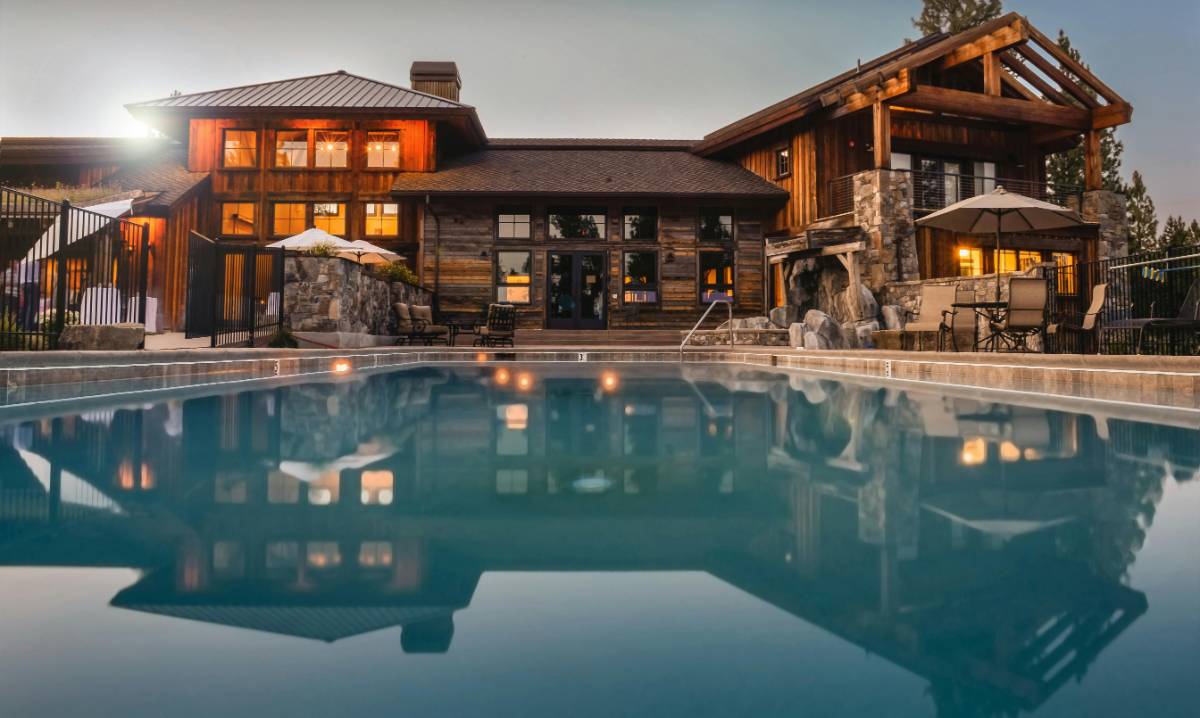
3 min read
|13 Feb 2025Luxury investments go beyond traditional stocks and bonds, offering tangible assets that appreciate in value over time. From opulent real estate to rare collectibles, high-net-worth individuals seek these assets for both financial growth and personal enjoyment.
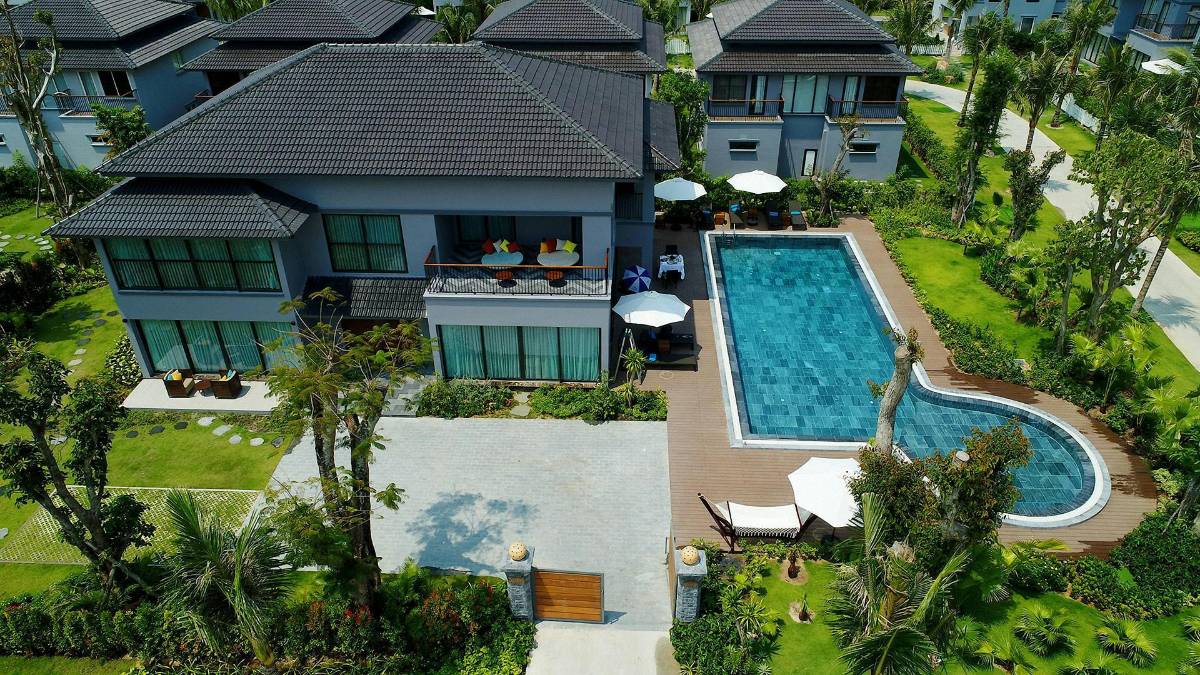
High-End Real Estate: A Secure Investment
Luxury real estate remains one of the most stable investment options. Prime locations in cities like New York, London, and Dubai boast properties that continue to appreciate in value, offering both prestige and financial security.
Fine Art: Aesthetic and Financial Value
The art market has long been a lucrative space for investors. Masterpieces from artists like Picasso and Monet fetch millions at auctions, making fine art a worthwhile addition to a luxury investment portfolio.
Rare Automobiles: Timeless Appeal
Classic and limited-edition automobiles are highly sought after by collectors. Vintage Ferraris, Bugattis, and Aston Martins often appreciate in value, with some models commanding multi-million-dollar price tags at auctions.
Jewelry and Watches: Portable Wealth
Luxury timepieces and high-end jewelry are not just adornments but significant investments. Brands like Rolex, Patek Philippe, and Cartier produce limited-run pieces that gain value over time.
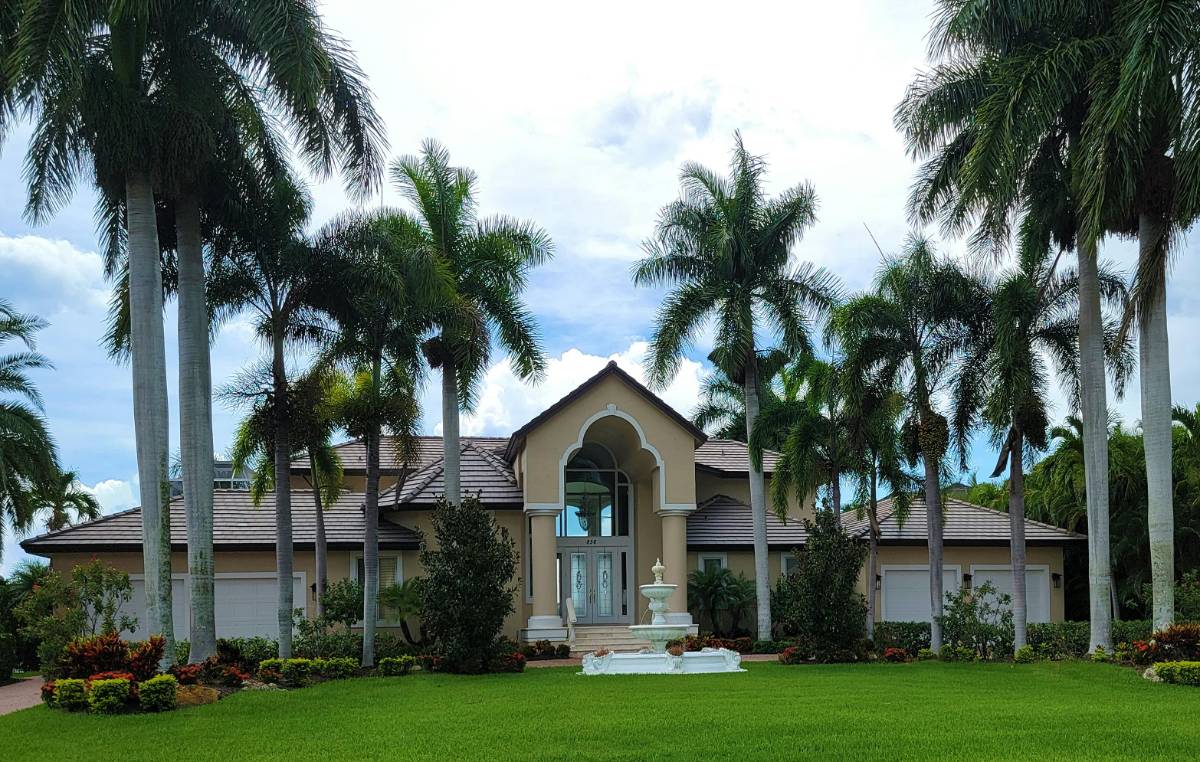
Rare Wines and Spirits: Aged to Perfection
Investing in vintage wines and rare spirits is an emerging trend among affluent investors. Bottles from top vineyards and distilleries often see exponential growth in value, with some fetching record-breaking prices at auctions.
Private Jets and Yachts: The Ultimate Status Symbol
Beyond their luxurious appeal, private jets and superyachts hold substantial resale value. Investors looking for exclusivity and comfort often see these assets as long-term investments with practical benefits.
Luxury Fashion: Limited Edition Profits
Designer handbags and haute couture pieces from brands like Hermès and Chanel have proven to be lucrative investments, often reselling for many times their original price in secondary markets.
Cryptocurrency and NFTs: The Digital Luxury Frontier
The digital revolution has expanded luxury investments to include rare NFTs and high-value cryptocurrencies. Digital assets like limited-edition NFTs are gaining traction among luxury collectors and investors.
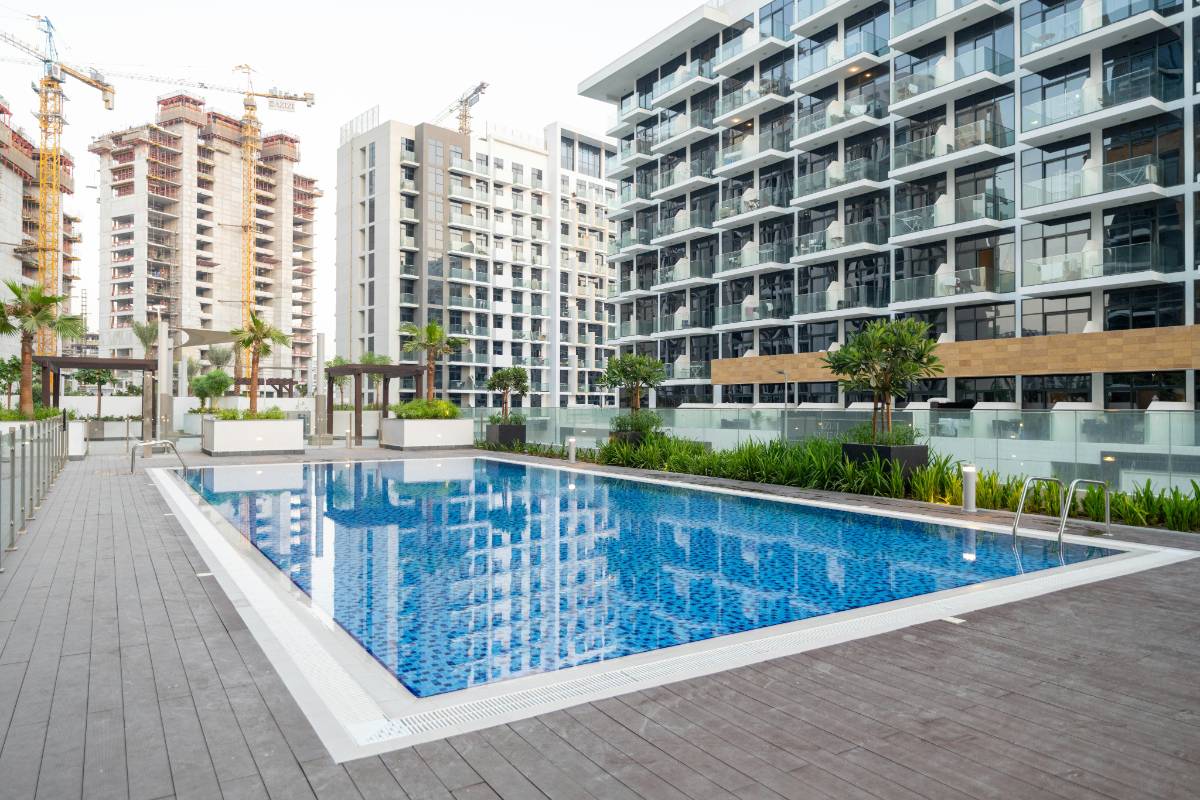
Conclusion
Investing in luxury assets is not just about wealth preservation but also about indulging in the finer things in life. Whether it's real estate, fine art, or rare collectibles, these investments offer both financial security and a taste of opulence.
RECENT POSTS
1
Transform Your Rental: Budget-Friendly Decor Tips
4 min read | 18 Jan 20252
Smart Shopping Tips for Finding Affordable Decor
2 min read | 17 Jan 20253
How to Achieve a Designer Look with Budget-Friendly Decor
5 min read | 16 Jan 20254
Seasonal Decor on a Budget: Fresh Ideas for Every Season
3 min read | 15 Jan 20255
Chic and Cheap: High-Style Decor Ideas for Less
5 min read | 14 Jan 20256
Repurposing Old Furniture: A Guide to Budget Decor
5 min read | 13 Jan 2025MORE POSTS

The Most Lavish Villas in the Mediterranean
5 min read | 25 Oct 2024
Luxury Living in Urban Environments: How to Find the Perfect Penthouse
2 min read | 24 Oct 2024
The Future of Luxury Living: Smart Homes and High-Tech Amenities
2 min read | 23 Oct 2024
Top 10 Luxury Living Destinations in the World
4 min read | 22 Oct 2024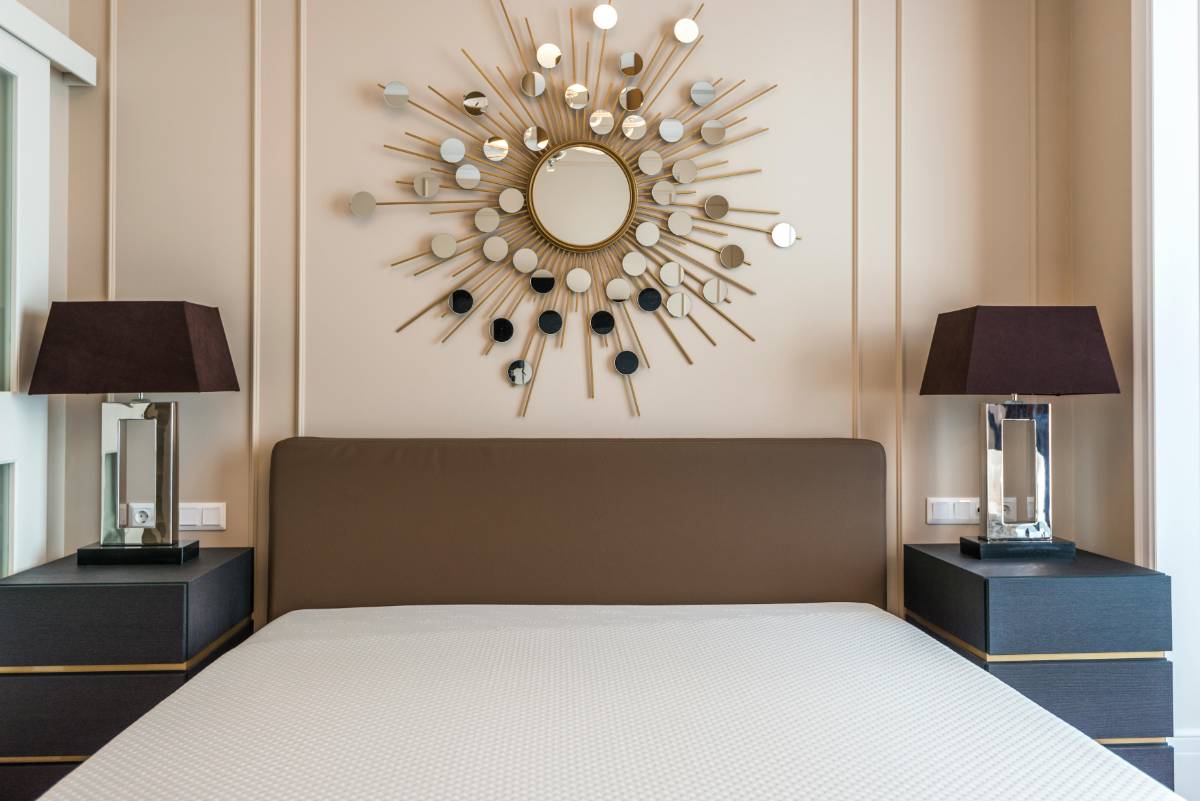
Essential Accessories for a Cozy and Inviting Living Room
5 min read | 17 Feb 2025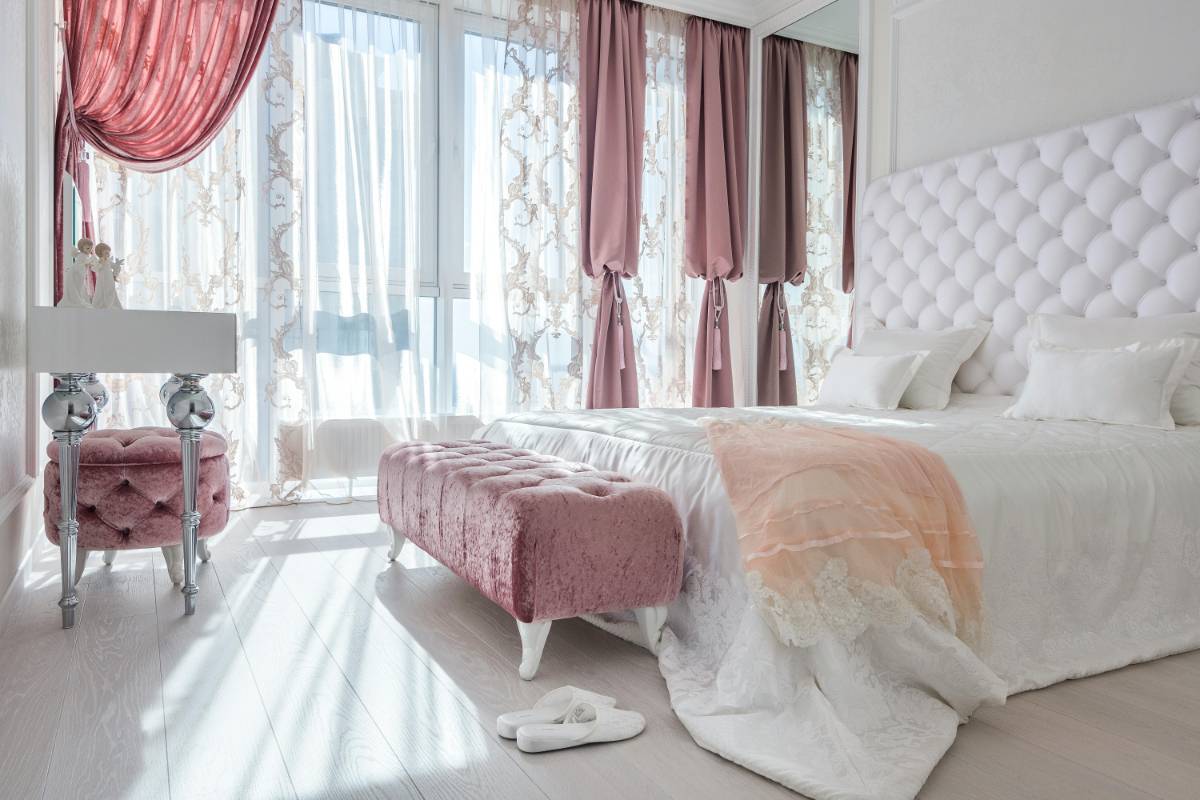
How to Maintain and Care for Your Furniture to Make It Last
3 min read | 16 Feb 2025MORE ARTICLES
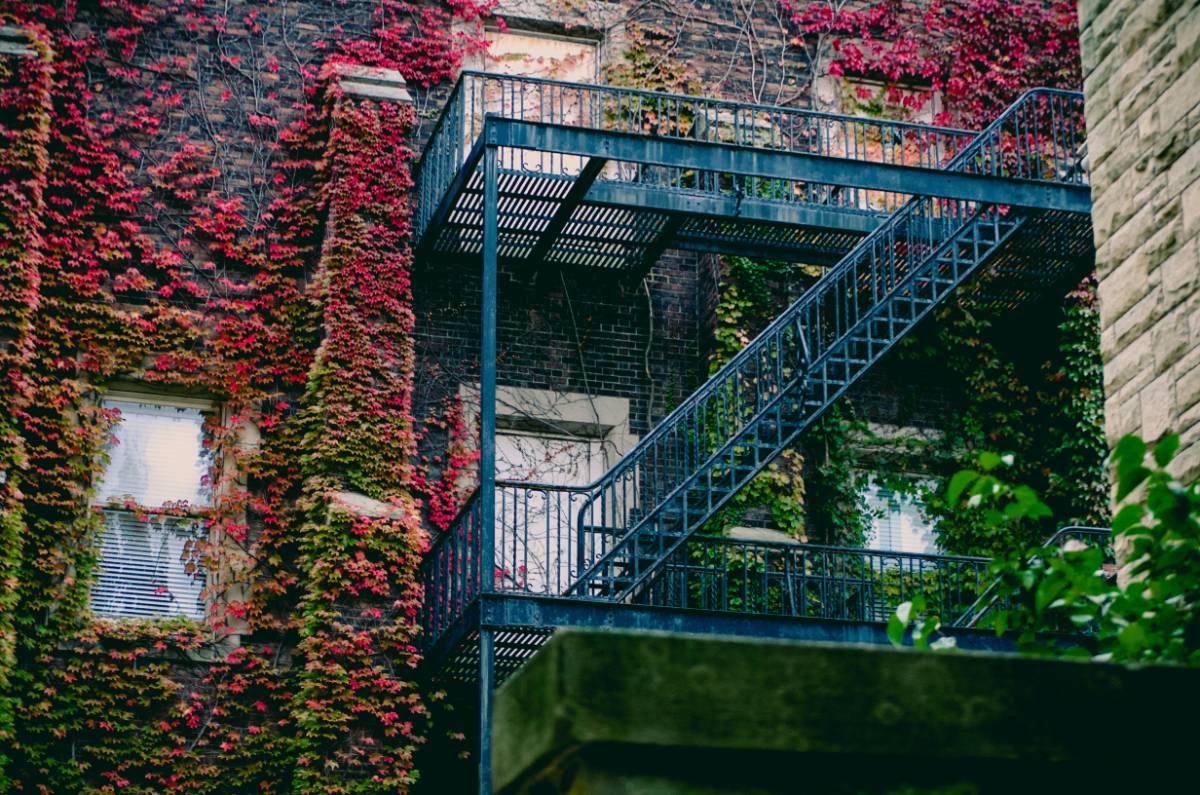
4 min read | 23 Nov 2024
The Role of Urban Farming in Sustainable City Design
Urban farming is emerging as a vital component in the design of sustainable cities. By integrating agricultural practices into urban environments, cities can address food security, reduce environmental impact, and enhance the quality of life for residents. This article explores the role of urban farming in sustainable city design, highlighting its benefits, challenges, and the innovative approaches being implemented around the world.

3 min read | 22 Nov 2024
Sustainable Design: The Intersection of Aesthetics and Functionality
Sustainable design is increasingly recognized not just for its environmental benefits but also for its ability to harmonize aesthetics with functionality. As the world becomes more focused on reducing environmental impact, designers and architects are discovering that sustainability doesn't mean sacrificing beauty or performance. Instead, it offers an opportunity to blend form and function in innovative and meaningful ways. This article explores the intersection of aesthetics and functionality in sustainable design, highlighting key principles, examples, and benefits.

4 min read | 21 Nov 2024
How Sustainable Design is Revolutionizing the Retail Sector
Sustainable design is making a significant impact on various industries, and the retail sector is no exception. As consumers become increasingly aware of environmental issues and demand more eco-friendly practices, retailers are embracing sustainable design to enhance their brand image, reduce their environmental footprint, and meet customer expectations. This article explores how sustainable design is revolutionizing the retail sector, highlighting key trends, innovations, and benefits.

3 min read | 20 Nov 2024
The Importance of Life Cycle Assessment in Sustainable Design
Life Cycle Assessment (LCA) is a critical tool in sustainable design, providing a comprehensive evaluation of the environmental impacts associated with a product or system throughout its entire life cycle. From raw material extraction to manufacturing, use, and disposal, LCA helps identify opportunities to reduce environmental impacts and make more informed decisions. This article explores the importance of LCA in sustainable design, highlighting its principles, benefits, and applications.
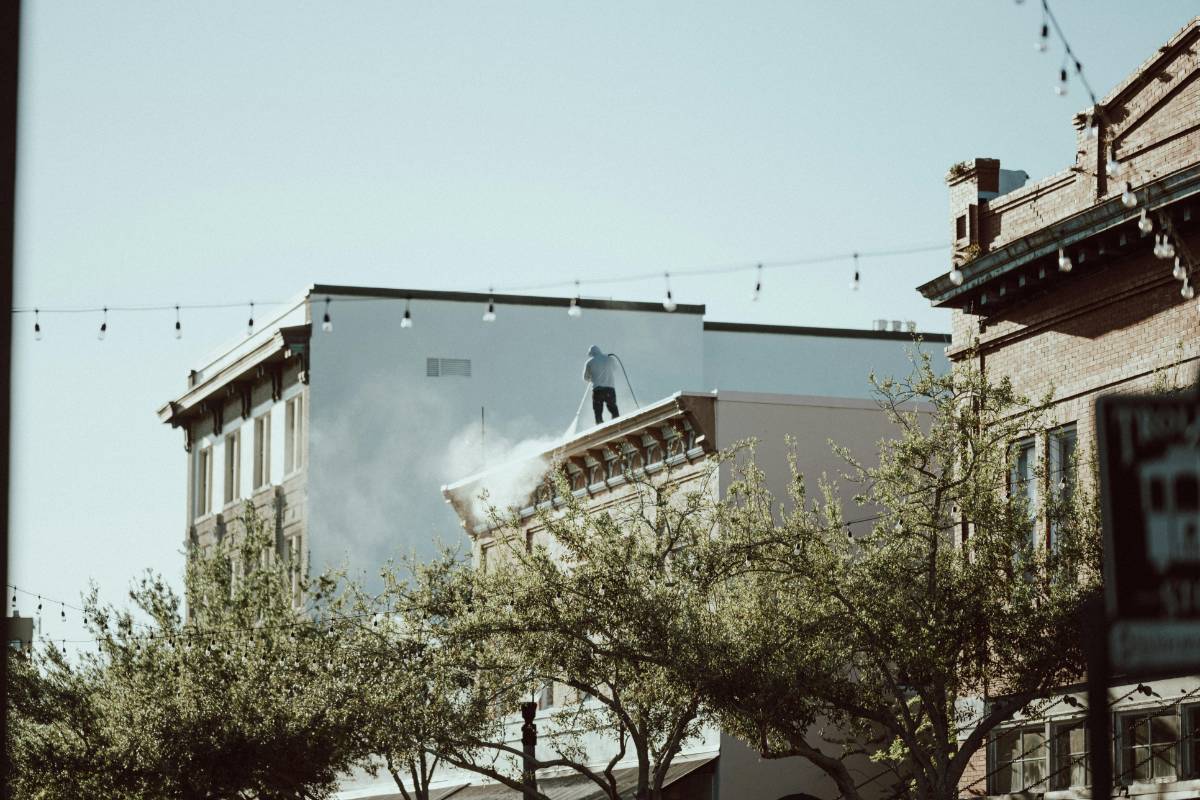
3 min read | 19 Nov 2024
Sustainable Design Strategies for Climate Change Adaptation
As climate change continues to affect global weather patterns and increase the frequency of extreme weather events, sustainable design has become a crucial strategy for climate change adaptation. Sustainable design not only focuses on minimizing environmental impact but also incorporates strategies that help buildings and infrastructure adapt to changing climate conditions. This article explores key sustainable design strategies for climate change adaptation, highlighting how these approaches can enhance resilience and support long-term sustainability.

2 min read | 18 Nov 2024
The Role of Circular Economy in Sustainable Design
The circular economy is revolutionizing sustainable design by emphasizing the continuous use of resources and minimizing waste. Unlike the traditional linear economy, which follows a "take, make, dispose" model, the circular economy aims to create a closed-loop system where resources are reused, recycled, and regenerated. This approach not only supports environmental sustainability but also promotes economic efficiency and innovation. This article explores the role of the circular economy in sustainable design, highlighting its principles, benefits, and applications.
